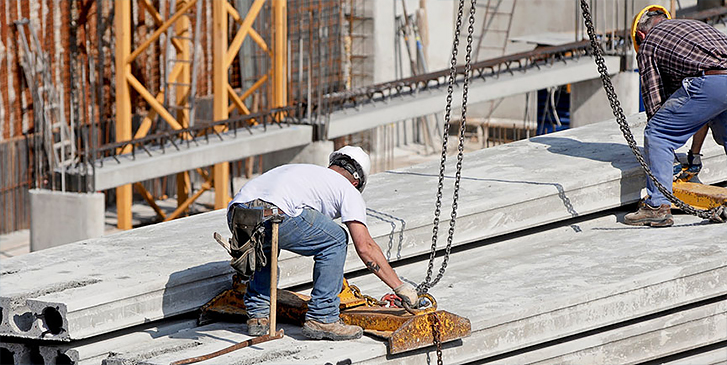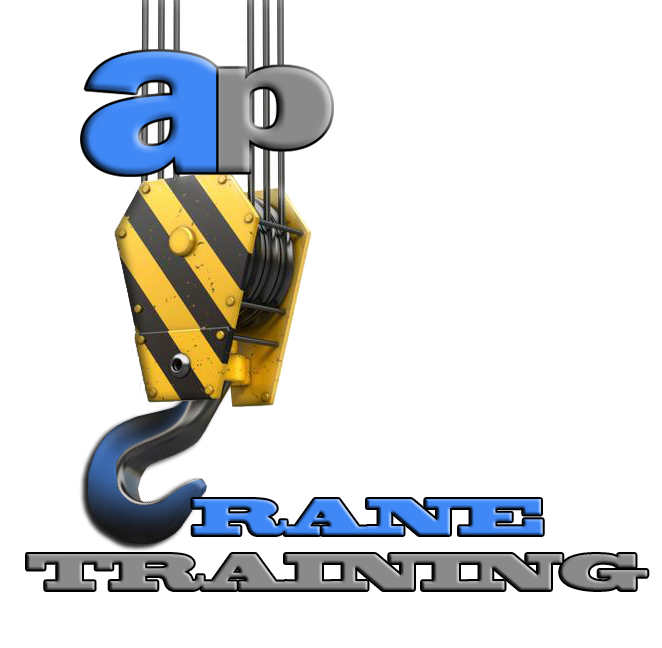-
Qualified Rigging Training Requirements Of Subpart CC
All Employers must have qualified rigging training during hoisting activities for assembly and disassembly work (1926.1404(r)(1)).

Additionally, qualified riggers are required whenever workers are within the fall zone and hooking, unhooking, or guiding a load, or doing the initial connection of a load to a component or structure (1926.1425(c)).
Cranes And Derricks In Construction, As Specified In 29 CFR 1926.1401, 1926.1404, And 1926.1425. This Became Effective November 8, 2010.
A qualified rigger is a rigger who meets the criteria for a qualified person. Employers must determine whether a person is qualified to perform specific rigging tasks. Each qualified rigger may have different credentials or experience.A Qualified Rigger Is A Person That:
Possesses a recognized degree, certificate, or professional standing, or has extensive knowledge, training, and experience, and can successfully demonstrate the ability to solve problems related to rigging loads. The person designated as the qualified rigger must have the ability to properly rig the load for a particular job. It does not mean that a rigger must be qualified to do every type of rigging job.
Each load that requires rigging training has unique properties that can range from the simple to the complex. For example, a rigger may have extensive experience in rigging structural components and other equipment to support specific construction activities. Such experience may have been gained over many years. However, this experience does not automatically qualify the rigger to rig unstable, unusually heavy, or eccentric loads that may require a tandem lift, multiple-lifts, or use of custom rigging equipment. In essence, employers must make sure the person can do the rigging work needed for the exact types of loads and lifts for a particular job with the equipment and rigging that will be used for that job.
No. Riggers do not have to be certified by an accredited organization or assessed by a third party. Employers may choose to use a third party entity to assess the qualifications of the rigger candidate, but they are not required to do so.
Signalperson qualification requirements of subpart CC
Cranes and Derricks in Construction, as specified in 29 CFR 1926.1419 and 1926.1428. Other requirements related to signal persons can be found at 29 CFR 1926.1404, 1926.1430, 1926.1431, and 1926.1441. This became effective November 8, 2010.
A Signalperson Is Required When:
The point of operation is not in full view of the operator (1926.1419(a)). The operator’s view is obstructed in the direction the equipment is traveling.
Either the operator or the person handling the load determines that a signal person is needed because of site-specific safety concerns.The Signalperson Is Considered Qualified If He Or She:
Knows and understands the type of signals used at the work-site.
Is competent in using these signals.
Understands the operations and limitations of the equipment, including the crane dynamics involved in swinging, raising, lowering and stopping loads and in boom deflection from hoisting loads.
Knows and understands the relevant signal person qualification requirements specified in sub part CC (1926.1419-1926.1422; 1926.1428). Passes an oral or written test and a practical test. Employers must use one of the following options to ensure that a signal person is qualified (see 1926.1428).Third party qualified evaluator. The signal person has documentation from a third party qualified evaluator showing that he or she meets the qualification requirements.
Employer’s qualified evaluator (not a third party The employer’s qualified evaluator assesses the individual, determines the individual meets the qualification requirements, and provides documentation of that determination. This assessment may not be relied on by other employers. Refer to 1926.1401 for definitions of qualified evaluators. All Employers must make the documentation of the signal person’s qualifications available at the work-site, either in paper form or electronically. The documentation must specify each type of signaling (e.g., hand signals, radio signals, etc.) for which the signal person is qualified under the requirements of the standard.
Qualified Rigging Training
For more information or to request an offer call us!
All Purpose Crane Training instructors combined brings over 100 years of training and field experience. We strive to deliver the highest standard of quality crane certification training.
All Purpose Crane Training wants to provide you with quality customer service. If you have any questions regarding crane certification, qualified rigging, or qualified signalperson training please fill out our contact form so we can assist you. Thank You.
© online-rigging-training.com 2020 All rights reserved. Web Development by apcranetraining.com

